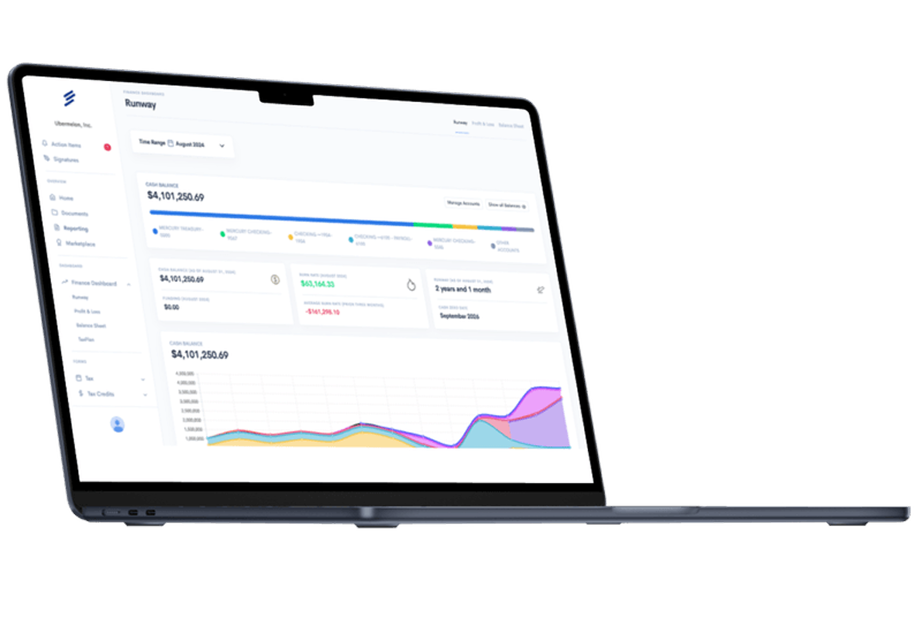Master financial statements for startups: Learn how to analyze income, balance, and cash flow statements to attract investors and make informed decisions.
Financial statements are akin to the health reports of a business, offering a detailed check-up on its financial well-being. You've got the big three: the income statement, balance sheet, and cash flow statement. These important metrics give you the full scoop on your company's money situation – how much you're raking in, what you've got in the bank, what you owe, and how cash is moving in and out.
Financial Statement Lingo
So, let's break it down a bit more. Financial statements tell you and everyone else how well you're doing financially with some key reports:
• The Income Statement is your financial scoreboard. It shows how much money you're making and spending over a certain period. It's all about your profits and losses.
• The Balance Sheet is like a snapshot of your financial stability. It lists everything you own (assets) and owe (liabilities), plus your stake in the business (equity).
• The Cash Flow Statement is the real-deal tracker of the cash you're actually handing over or collecting. It's a reality check that shows if your business is a cash-generating machine or if you're just shuffling numbers on paper.

Why This Matters to Everyone
You might wonder who else cares about these numbers besides the bean counters. Well, they're pretty crucial for a bunch of people:
• Investors dig through these to see if you're the next big thing.
• Creditors use them to make sure you can pay back what you borrow.
• Your Team strategizes your next business moves with these figures in hand.
• The Tax Folks (yeah, the government) want to ensure you're paying your fair share.

The Good, The Bad, and The Complex
Here's the kicker: financial statements are packed with info, but they can be a tough nut to crack. They're full of complex terms that might make your head spin. Plus, they don't always capture the magic of what makes your startup sparkle—the unique flair of your brand or the innovative edge of your latest product that sets you apart.
.png)
Putting It All Together: The Tech Startup Story
Imagine a hot new tech startup using its financial statements to dazzle potential investors. By highlighting a trajectory of rising revenues and robust liquidity, it can paint a pretty attractive picture of a stable company that's going places, which is exactly what investors love to hear when they're thinking about where to put their money. This isn't just about looking good on paper; it's about proving they've got the financial chops to back up their big ideas.
In a Nutshell
Financial statements can be your best friend or your worst headache. But once you get the hang of them, they're powerful tools for making smart decisions, attracting investment, and steering your startup towards the stars.
Simplify Startup Finances Today
Take the stress out of bookkeeping, taxes, and tax credits with Fondo’s all-in-one accounting platform built for startups. Start saving time and money with our expert-backed solutions.
Get Started









.png)









